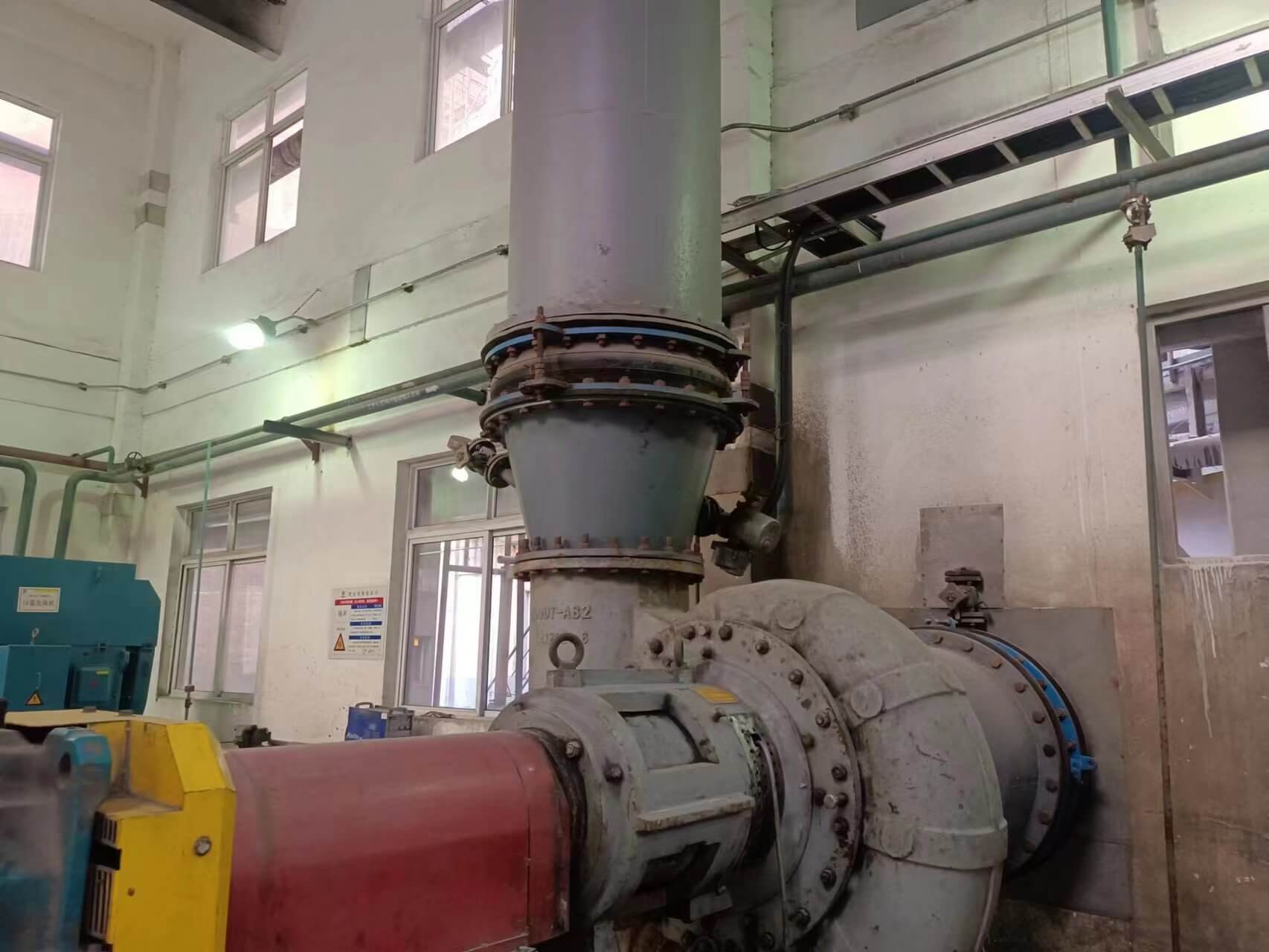Metal expansion joints and rubber expansion joints are two different types of expansion joints used in piping systems, and they have significant differences in terms of materials, applications, and working principles.
Materials:
- Metal Expansion Joints: Metal expansion joints are typically made from materials such as stainless steel, copper, iron, and nickel alloys. These materials have high strength and can withstand high temperatures and pressures, allowing metal expansion joints to be used in demanding environments.
- Rubber Expansion Joints: Rubber expansion joints are primarily made from rubber or elastic materials, often using EPDM (Ethylene Propylene Diene Monomer) or other rubber materials. These materials offer good elasticity and shock-absorbing properties, making rubber expansion joints suitable for general industrial applications and environments where resistance to chemical corrosion is required.
Applications:
- Metal Expansion Joints: Metal expansion joints are commonly used in high-temperature, high-pressure, and high-strength piping systems, such as in power plants, petrochemical factories, and nuclear power plants. They can handle extreme conditions of expansion and contraction while providing rigid support.
- Rubber Expansion Joints: Rubber expansion joints are primarily used in general industrial and commercial applications, including heating, ventilation, and air conditioning (HVAC) systems, water treatment equipment, and light industrial applications. They are more suitable for lower-temperature, lower-pressure, and relatively lightweight piping systems, where their primary functions are vibration damping and handling minor expansion and contraction.
Working Principles:
- Metal Expansion Joints: Metal expansion joints absorb expansion and contraction in piping systems by utilizing the bending or elongation of the metal material. They often feature a corrugated shape that allows them to flex and extend.
- Rubber Expansion Joints: Rubber expansion joints rely on the deformation of rubber or elastic materials to absorb expansion and contraction. Rubber bags or sleeves can expand or contract to accommodate changes in the piping system.
In summary, metal expansion joints are suitable for high-temperature and high-pressure environments, offering higher strength and durability, while rubber expansion joints are suitable for general industrial applications, particularly those requiring resistance to chemical corrosion and vibration absorption. The choice of the appropriate type of expansion joint depends on the specific requirements and environmental conditions of the piping system.
Post time: Sep-26-2023



